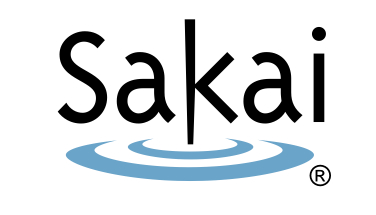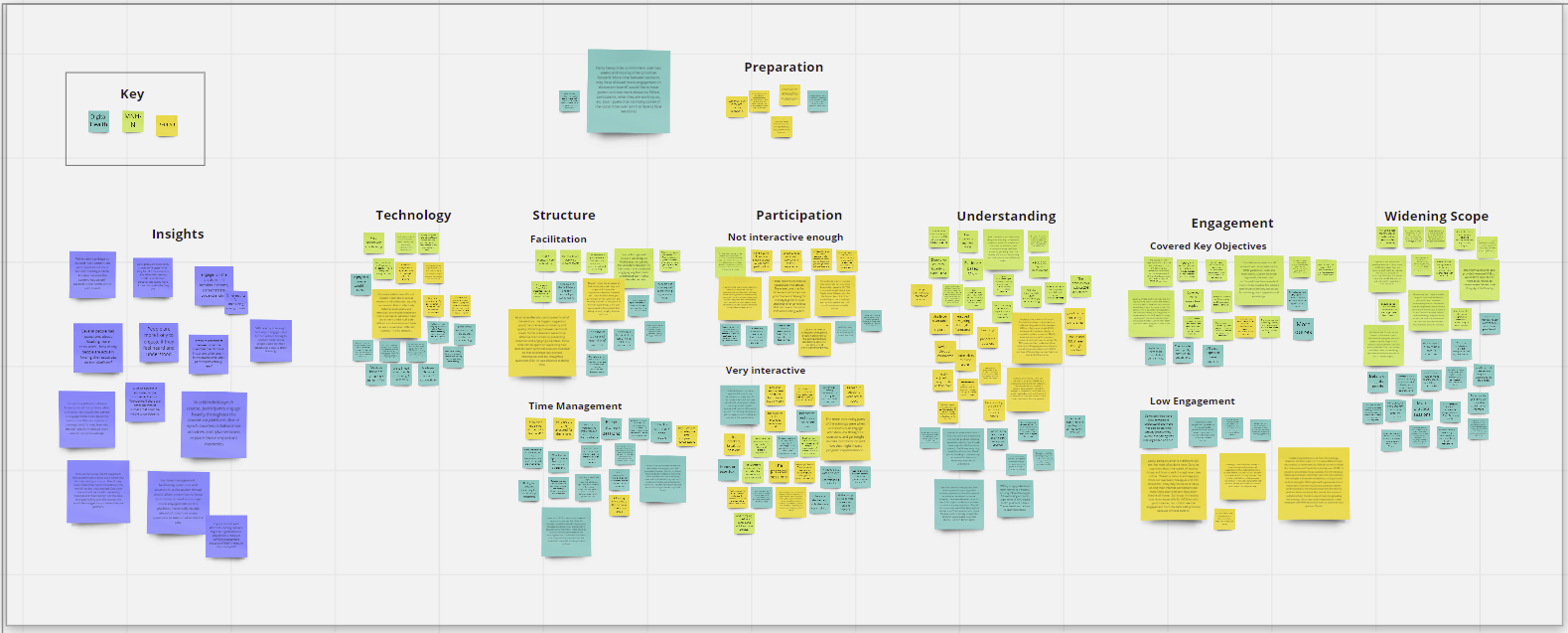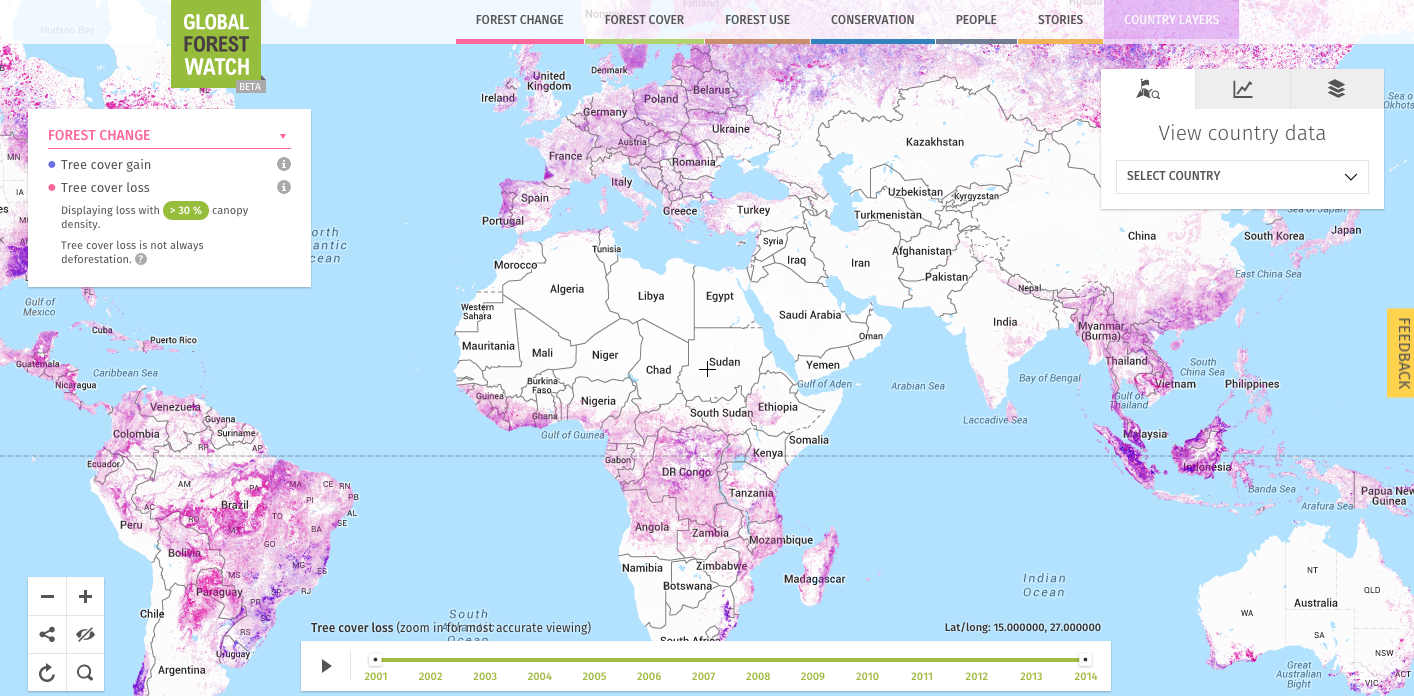<div id =”blargh” width=”200” height=”… >
Whether you think of HTML as a familiar friend or a terrifying alien monster, we can all agree that sometimes code just takes too much time. In an attempt to help a friend build her web presence, and my own while I was at it, I worked my way through the abundance of e-Portfolio options. The benefits of using an e-Portfolio as a personal page are that 1. You can create a portfolio specific to your profession and interests, from academe to graphic design, 2. You don’t have to know how to write html, and 3. You can link all of your social networking and personal sites in one place. The below options are far from exhaustive and there are many notable examples left of this list.
1. You can create a portfolio specific to your profession and interests, from academe to graphic design
In online learning, educators and students particularly do not have the time and/or energy to make their own website and house their research. As a classroom tool, educators and researchers have fine tuned e-Portfolio pedagogy. Dr. Helen Barret is an e-portfolio prolific pedagogist and blogger. She points to the expansion of e-portfolios in K-12 grades throughout the 1990s, including portfolios on “floppy” disk. Now, e-portfolios are a bit more sophisticated, as seen by graphic designers and universities who require students to create their own portfolios.
Open Source, the next generation. E-learning, and e-portfolios specifically are moving into the wide field of open source platforms. There are many new open source options for the tech savvy or adventurous online facilitator, including learning management systems (LMS) such as Sakai and blog based portfolio options such as WordPress. Open source options allow users to personalize their pages to a greater degree, manipulating html and creating a template for a university or institution that may want many eportfolios with users from very different backgrounds.
2. You don’t have to know how to write html
There are quite a few free and reliable options to make your own ePortfolio:
Google Sites – Google is reaching a wide audience with Google Sites, not least of which are students who want to create their own website, but are not familiar with HTML, or are hesitant to start tinkering around with it. Google Sites can range from the most rudimentary to more advanced and can be explored on the link above.
PortfolioVillage – Portfolio Village is similar to Google Sites, in that they give you the tools and the templates and allow you to create your own site. Both of these e-portfolio tools are specifically user-friendly, but by all means not the only options out there for eportfolio enthusiasts.
Open Source options:
Mahara – Mahara is a complement to LMS’s such as Sakai, BlackBoard and Moodle, that can be used by individuals or organizations. It’s open source, appealing to those of us who want to tinker, but still provides templates and a comfortable e-environment for the less tech savvy.
WordPress – One of my personal favorites as it allows for an easy to use online blog, but also allows you to create your own page as an open source system. What is perhaps most impressive about WordPress is the range of use that users have found with the software, from small town newspapers to international NGO web pages. An individual user can make a blog, post an article, attach a document, and WordPress is ever developing including, brand new tools to link to Google docs and other Google collaborative products.
3. You can link all of your social networking and personal sites in one place
Networks matter in the information age, and creating networks on LinkedIn, Facebook, and Twitter (to name a few) matter more and more as internet access expands worldwide. Beyond online networking for revolution, Causes on Facebook and Change.org are two examples of social networking for social change. Activists, bloggers and individuals interested in linking their work and thoughts to movements can use their e-Portfolio to link to like-minded individuals across continents. Mahara, in particular, reaches out to the social network environment, by easily linking to other social networking sites and providing space for RSS feeds.
Moving forward, on June 17th, TechChange will be hosting a live Twitter chat with AshokaU on technology in higher education. Follow us on Twitter to stay posted for more info about how you can participate in this online discussion. We are always creating new online learning platforms; please consider applying for a course.
New technologies enable new pedagogies and methods for content delivery. It’s hard enough to keep abreast of the latest developments, let alone decide what tools and platforms are most relevant for your organization. Whether you’re choosing an LMS or CMS, deciding how to create, curate, and visualize your content, or integrating the latest third party tools into your existing platform, TechChange can help you navigate the various options of an online education and training program or a social network strategy.
Also, take a look at a course that we will be teaching at United Nations University for PEACE in Costa Rica on New Technologies for Educational Practice on July 4 -6.



